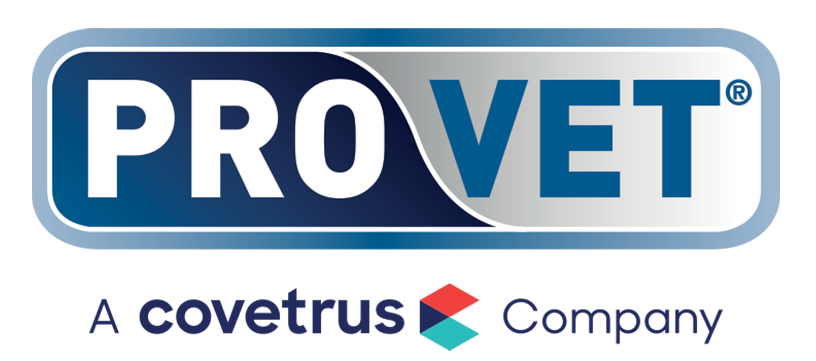Key takeaways:
1. Luke learnt from his time locuming that the right people and team members in the clinic are critical. Rewarding performance and great staff, as opposed to losing them and running the risk of having no vet, can typically hurt the bottom line much more.
2. Communication and certainty in strategy and the future direction of the practice are important, and there’s an opportunity for leadership to do a stronger job of communicating this to practice staff so that they can be motivated and inspired to do their best work and stay with the practice long term.
3. Self-awareness for practice owners and directors is important in structuring and planning teams, to quickly understand strengths and weaknesses, and then hire for those areas where there are weaknesses.
4. Thinking outside of your practice and ensuring that you’ve got a large network of peers can be helpful in address staffing challenges, and discussing or implementing strategies to improve. Instead of only thinking of nearby practices as competition.
5. Non-negotiables for Luke in setting up a new clinic included: fitout and construction contractor focused on clinic workflow, separate dog and cat waiting areas for dogs and cats to cater to anxious pets, adequate parking and an open treatment area to stimulate teamwork.
6. Technology and future proofing were key to Luke during planning to drive efficiency. This included a fast and stable internet connection, solar panels to reduce energy consumption and cloud-based veterinary practice management software, Covetrus Ascend.
7. Make sure you allocate time to rest before launching into opening a new practice, so that you begin this new journey feeling refreshed and excited.
